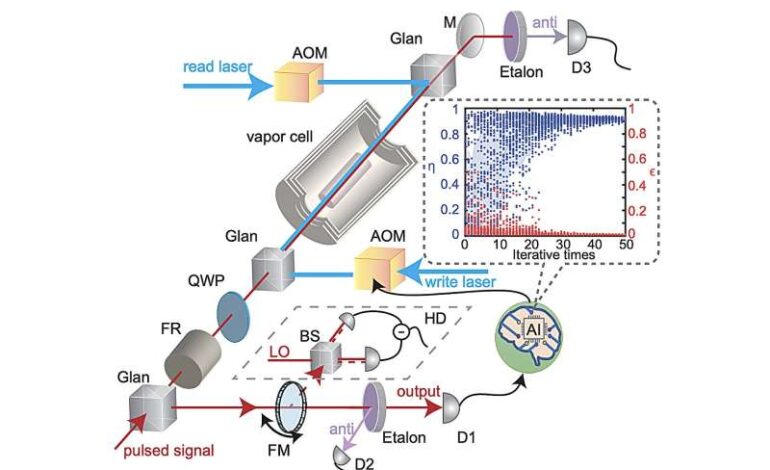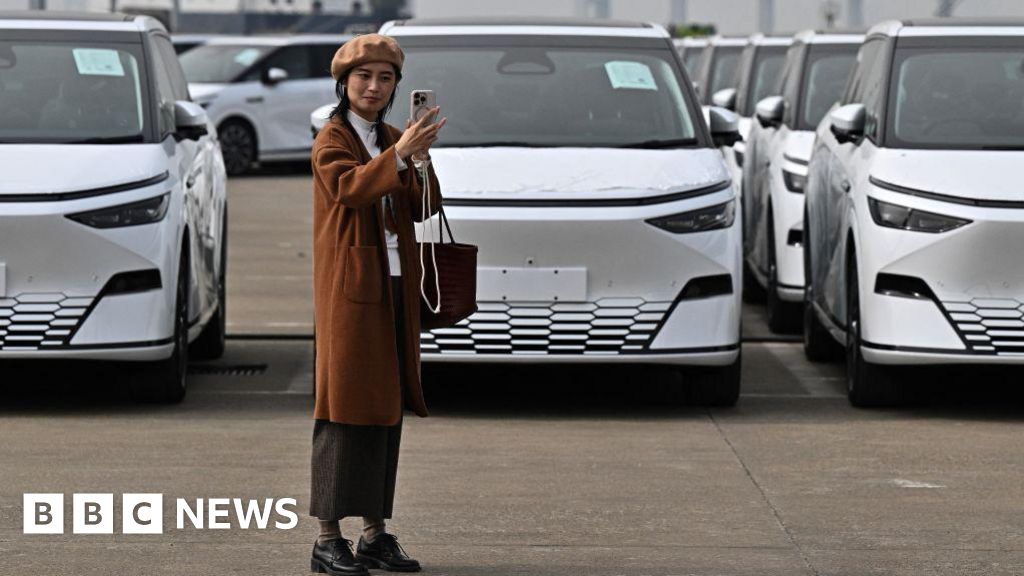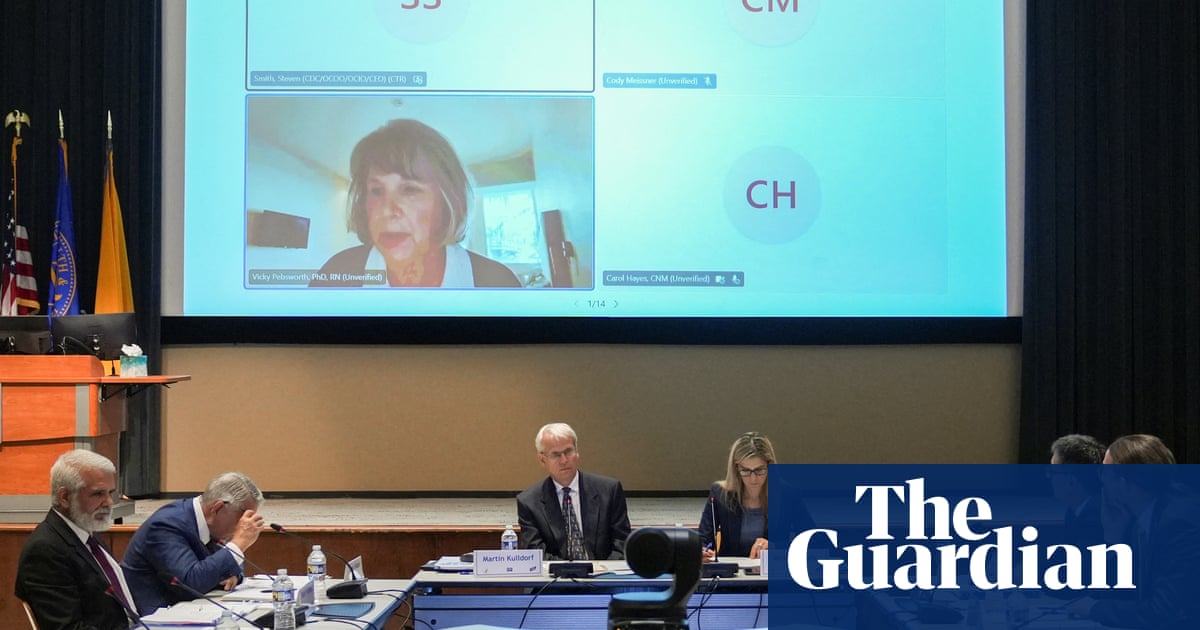Researchers Achieve Breakthrough in Quantum Memory Efficiency

The realm of quantum technology has taken a significant step forward with the development of a new quantum memory that boasts exceptional efficiency and fidelity. Researchers from Shanghai Jiao Tong University and East China Normal University have unveiled a **Raman quantum memory** that achieves an impressive **94.6% efficiency** and a **98.91% fidelity** in storing and retrieving quantum information. This breakthrough, detailed in a study published on **November 15, 2025**, in *Physical Review Letters*, marks a notable advancement in quantum information science.
Achieving high efficiency and fidelity has been a critical challenge for quantum memory technologies. For practical applications, these devices must be able to reliably store more than **90%** of the input quantum information while ensuring that the recovered state closely resembles the original. Previous attempts to create effective quantum memories often faced issues with random fluctuations, or noise, that compromised the integrity of the quantum information stored.
The research team, led by **Professor Weiping Zhang** and **Professor Liqing Chen**, introduced a novel technique to control atom-light interactions during the storage of quantum information. This method reduces noise significantly, which enhances the overall fidelity of the system.
A Groundbreaking Approach to Quantum Memory
The newly developed quantum memory utilizes a **far-off resonant Raman scheme**, a specific type of atom-light interaction. This innovative approach not only facilitates quantum storage but also allows for the rapid processing of optical signals, outperforming existing memory schemes.
Zhang emphasized the importance of their findings, stating, “Quantum memory with near-unity efficiency and fidelity is indispensable for quantum information processing. Achieving such performance has long been a central challenge in the field, motivating extensive research efforts.” He elaborated that their work sheds light on the underlying physics of atom-light interactions and presents practical methods for advancing quantum memory technology.
The researchers’ mathematical approach employs **atom-light spatiotemporal mapping**, known as the **Hankel transform**. This technique allows adaptive control of the quantum memory, pushing its performance closer to an ideal benchmark.
Breaking Through Existing Limits
So far, the research team has tested their mathematical framework on a **Raman quantum memory** based on a warm vapor of **rubidium-87 (87Rb)**. Their findings indicate that this new method effectively overcomes the “efficiency–fidelity trade-off” that has constrained the development of perfect quantum memories.
The implications of this work extend beyond theoretical advancements. Zhang and his colleagues envision that their research could lead to enhanced quantum memory systems capable of supporting various quantum technologies. These include long-distance quantum communication, quantum computers, and distributed quantum sensing systems.
Looking ahead, Zhang noted their plans to explore new physics-driven principles and to integrate their memory technology into quantum repeaters, essential components for fault-tolerant quantum computing architectures and expansive quantum networks.
In summary, the recent breakthroughs in quantum memory technology not only promise to enhance the efficiency and reliability of quantum information storage but also open new avenues for the development of robust quantum systems that could transform how information is processed and communicated in the future.






